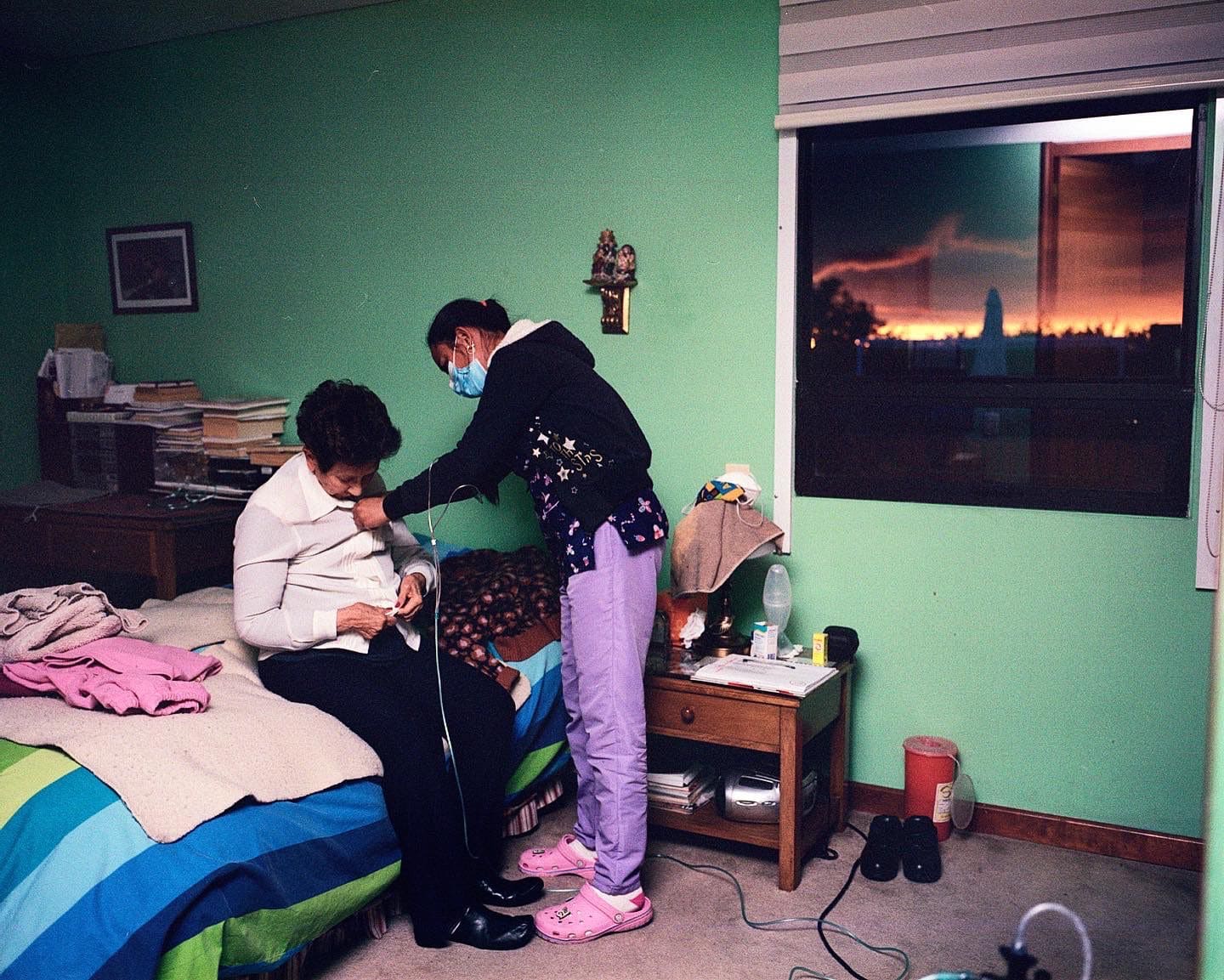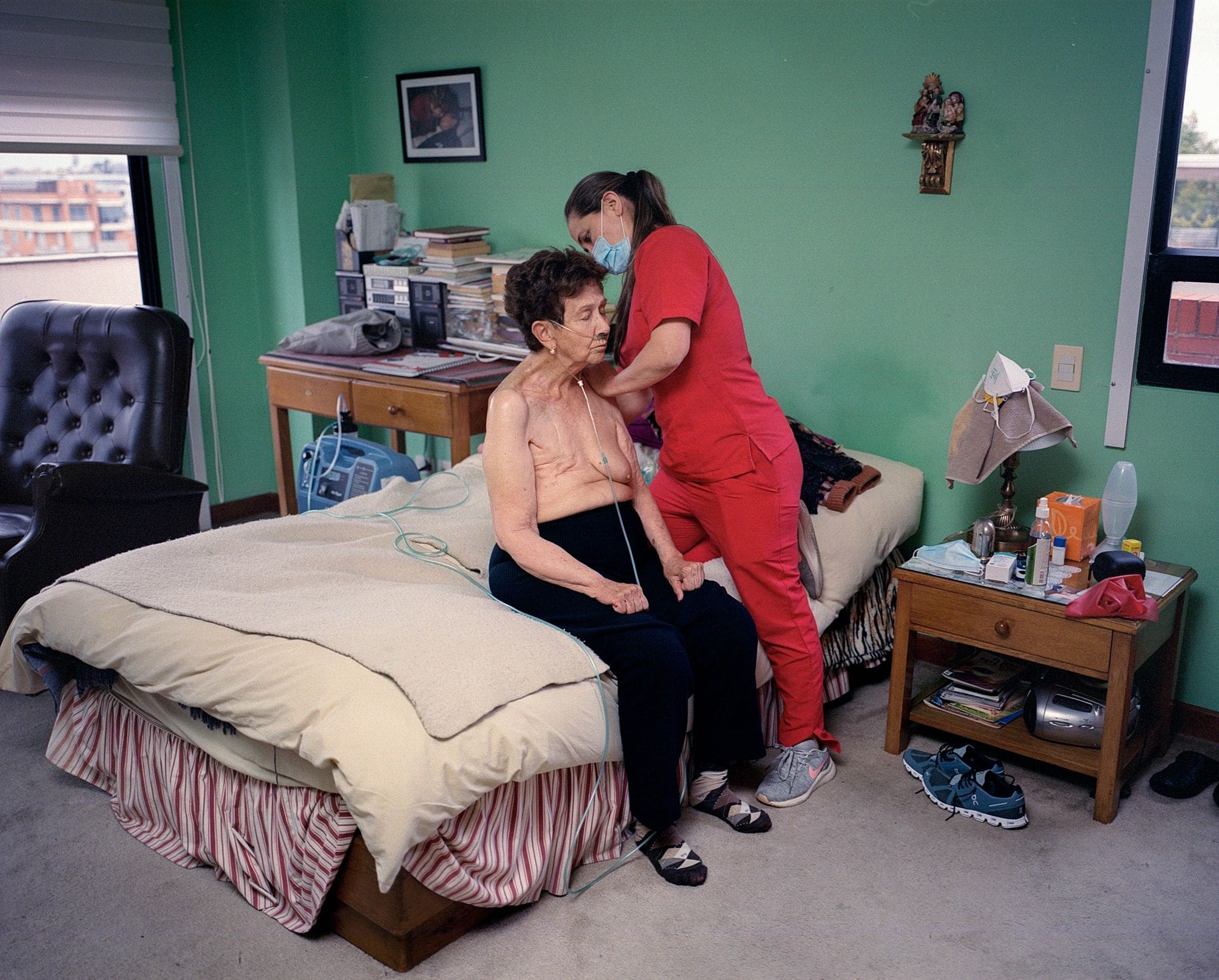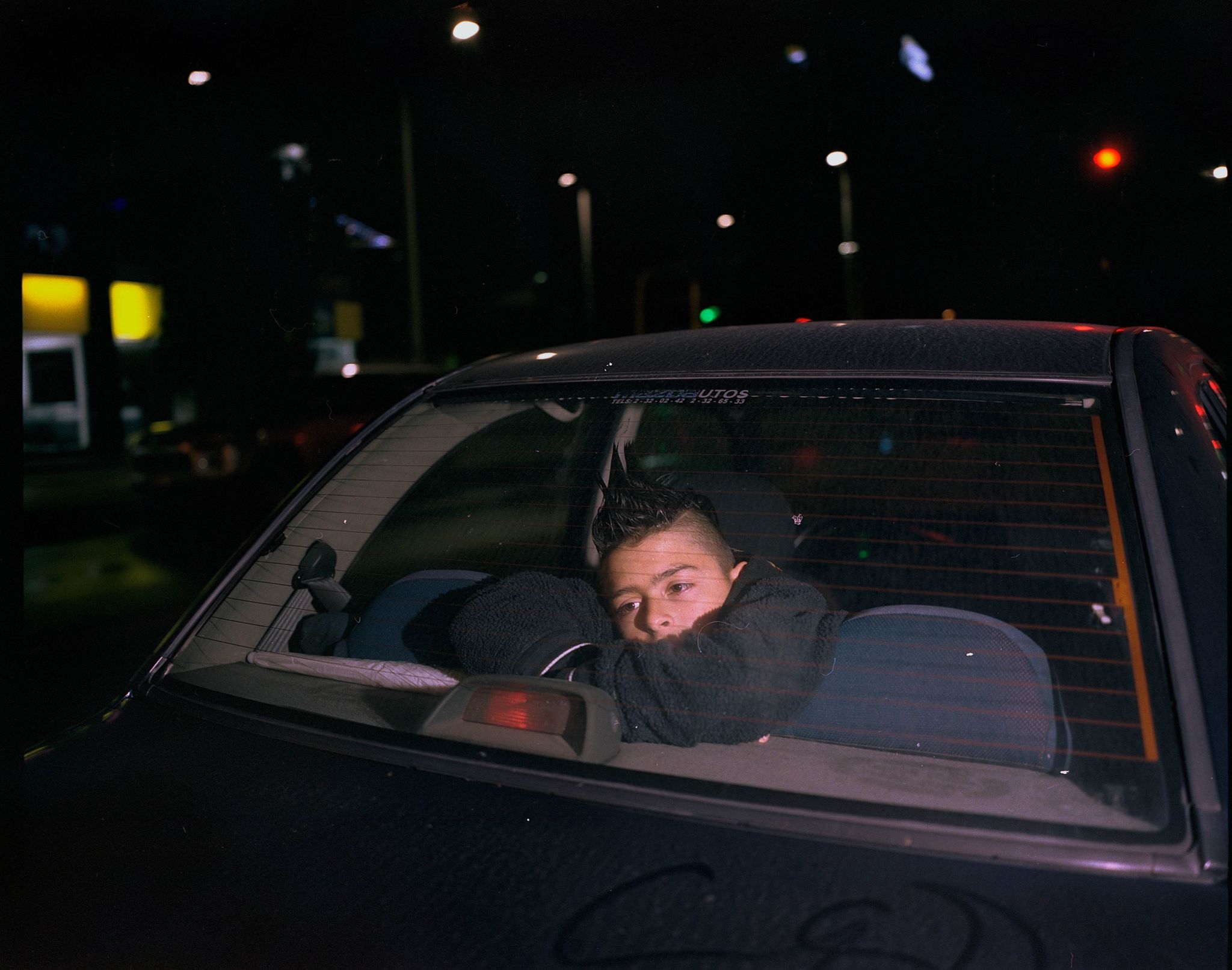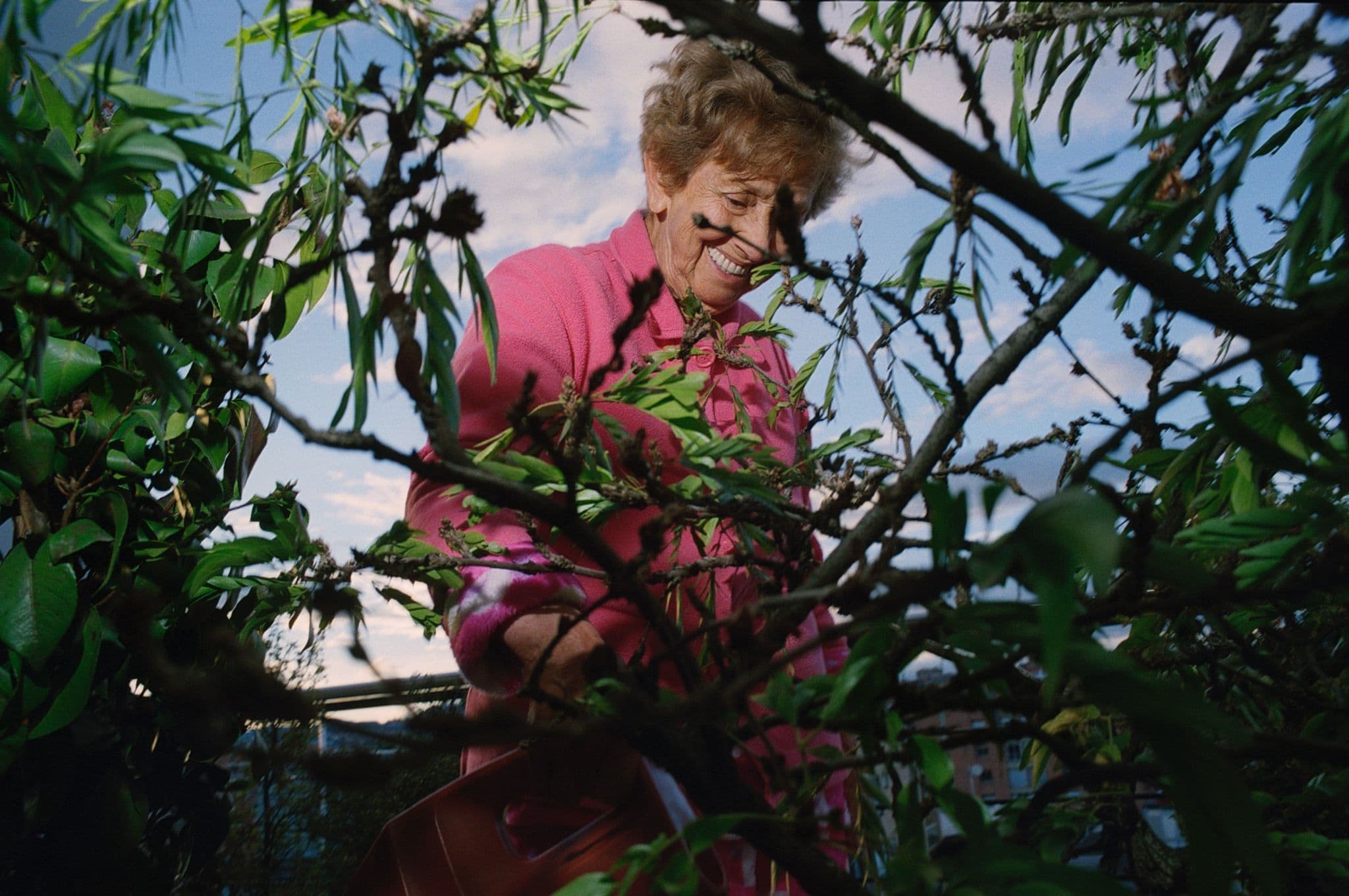
8th House: a street photographer in quarantine
“You got into my 8th house,” said the mother of photographer Andres Ríos after several months of photographing her. The 8th house, according to astrology, is the house of intimacy, privacy, and death. Andres’ mother is an astrologer. And for him, that was the right name for his photobook.
Before starting the pandemic by Covid-19, Andres was dedicated to street photography, a craft he self-taught and practiced in the streets of New York and Bogota.
When the quarantine began, not only did the exits begin to get complicated but, in doing so, he found empty streets. So he started photographing his mom at her house, and then the rest of his family. Photography, he says, allowed him to cope with confinement, find other communication bridges with his closest family and, above all, overcome the death of his grandfather, who died of Covid.
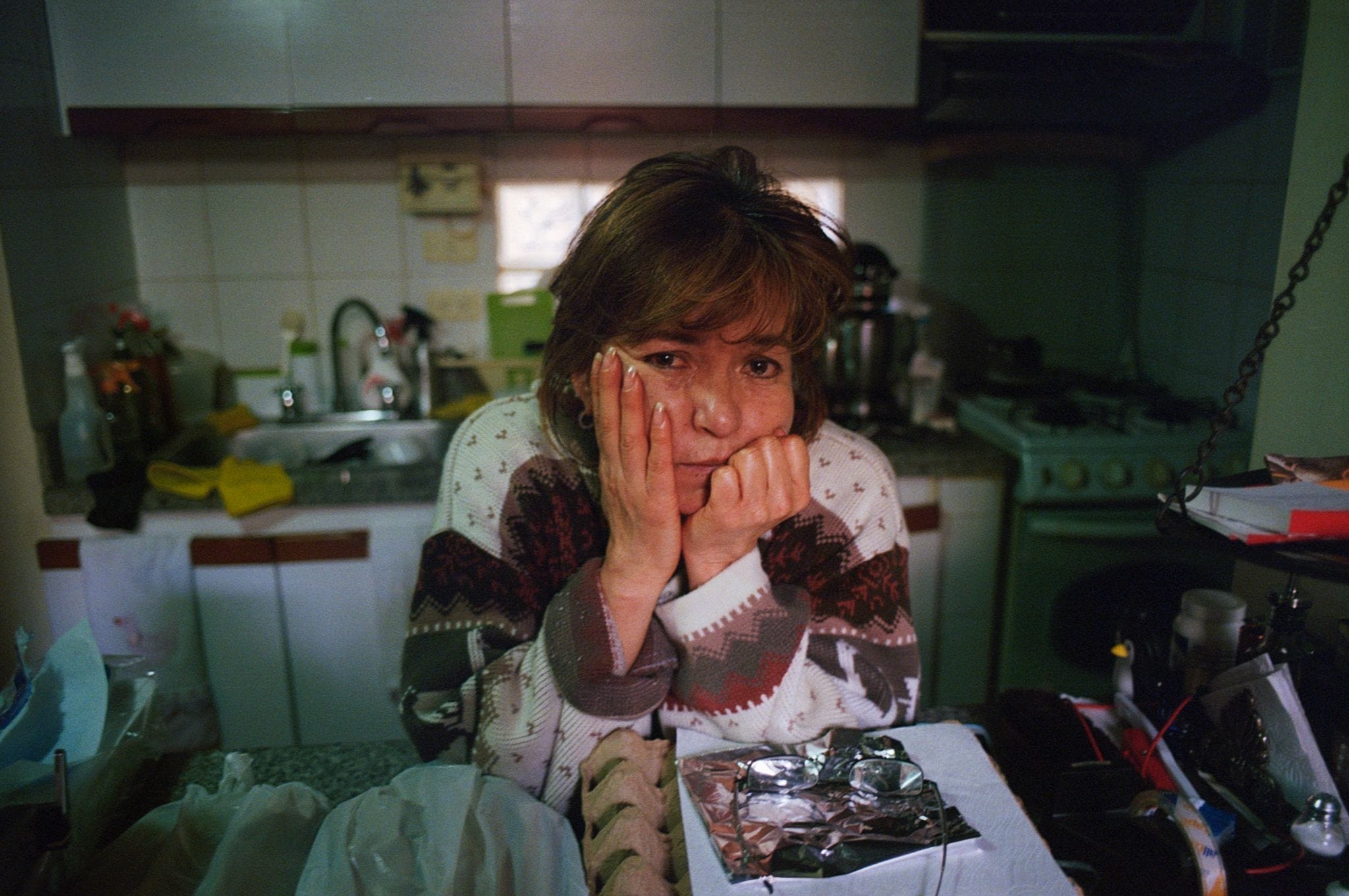
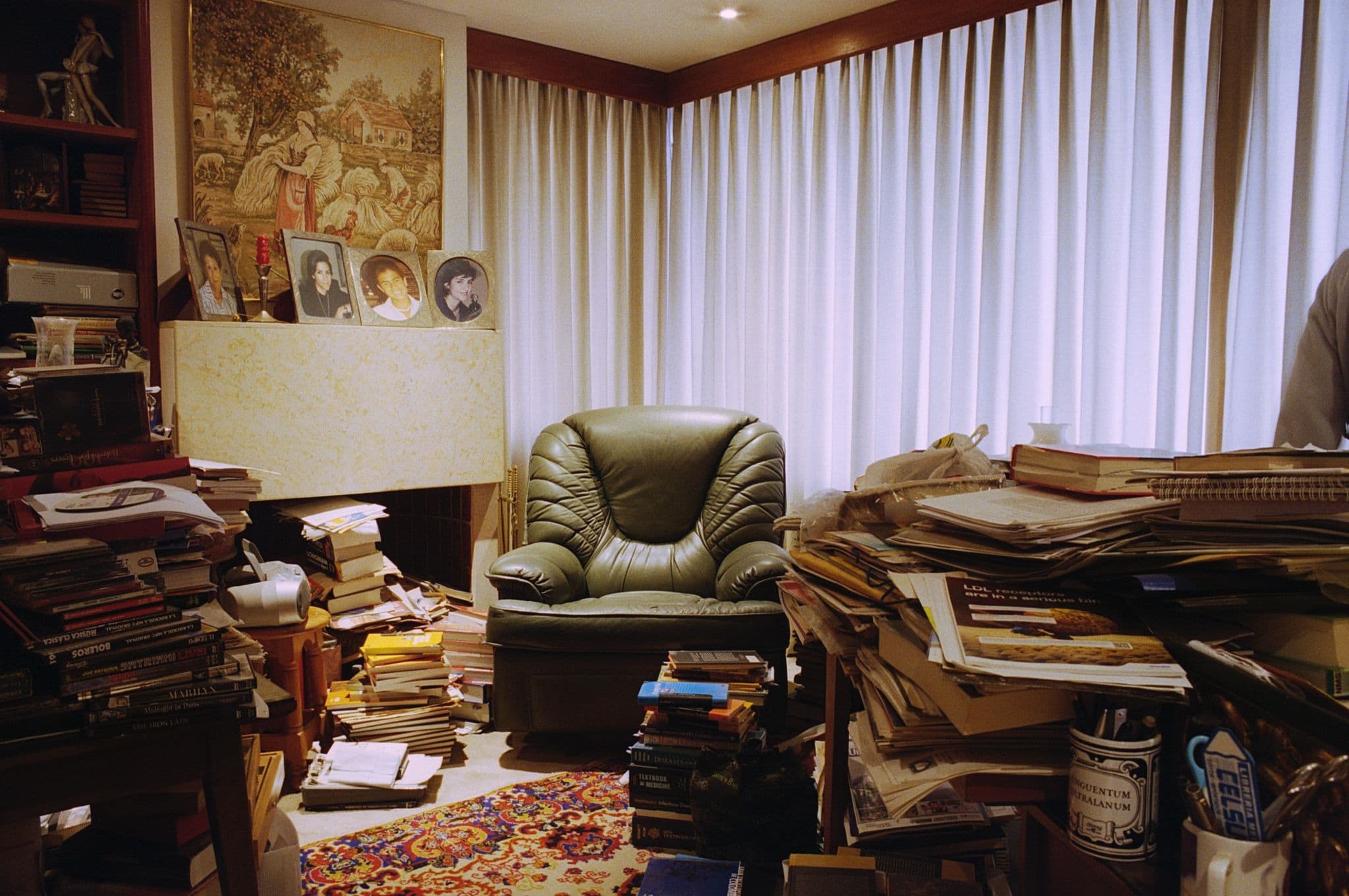
How did you start the 8th House project?
When the quarantine began, I tried to go out in the street, but I only found empty spaces. I felt I needed to take pictures. As the quarantine progressed my mom and grandparents changed their behavior in the house and out of curiosity I started taking pictures. It grew little by little, and several months after I realized I had a lot of pictures. Also, my grandfather died of covid, at grandma’s house they got it and I took pictures of that. I never had the intention of developing a project, that was just what was happening. But when I saw all the material I realized that there was enough to think about a book.
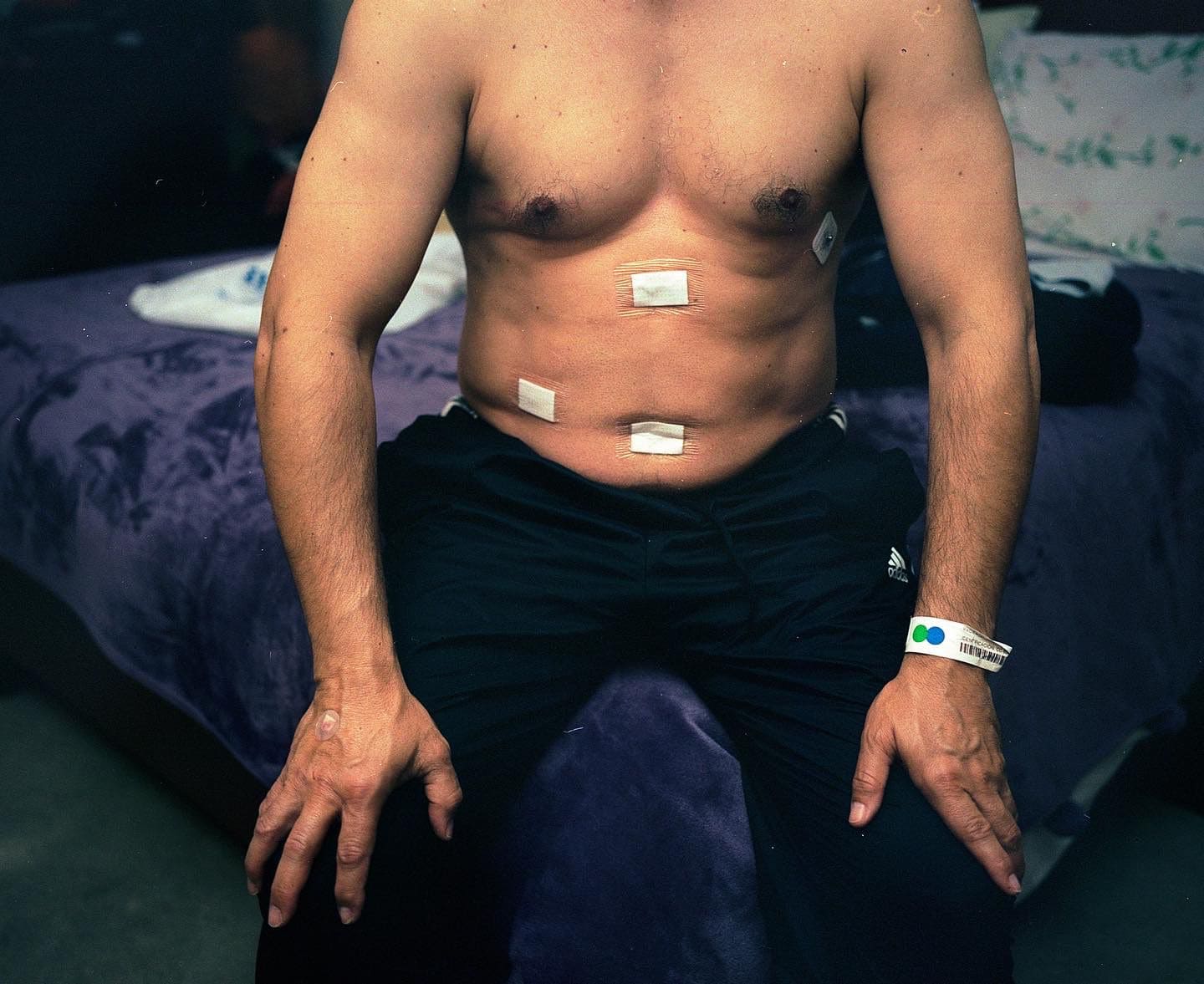
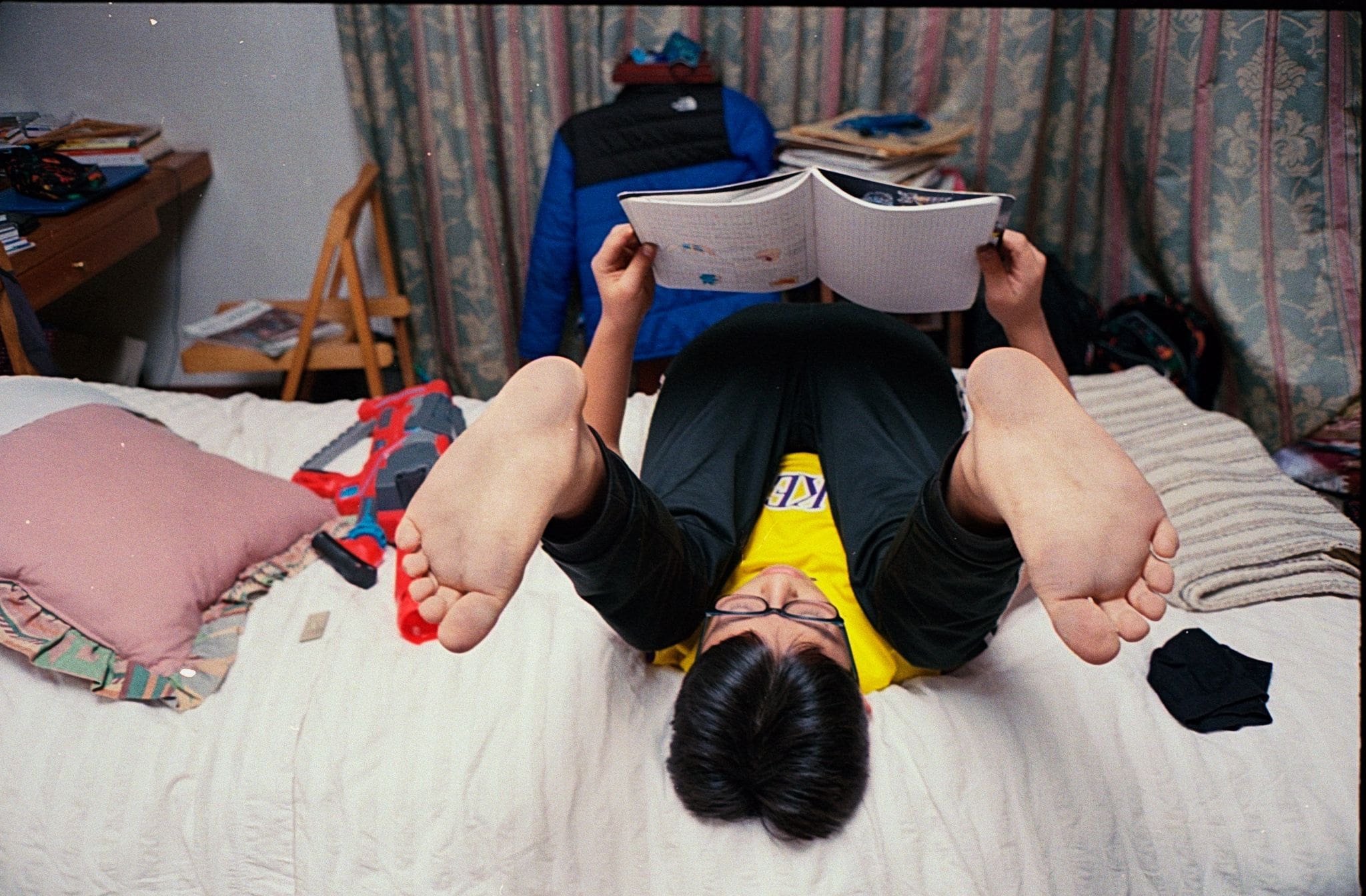
On the street, you photograph people you don’t know, even people you don’t even know to what extent they want to be photographed. How was it at home with people you know?
It was complicated, especially with my mother, she didn’t like photos very much. But at the same time, the process was nice. I started taking pictures that I didn’t like, but they were the ones that opened the doors. It was very nice that my family let me in, now I have photos of everyone in very intimate spaces.
My mom, for example, gained a lot of confidence in her physical appearance.
Are the methodology you use on the street and the one you used at home different?
I always start by taking photos without asking permission, it’s very rare that that first photo looks good, if that happens it’s luck. But for me, that first photo is like knocking on the door. There I see how the person reacts, and if there is a positive response, I stay long enough to ask questions or make gestures so that people react. The photo describes well, but at the same time, it is very ambiguous.
With my family, I adapted that system. So, let’s say, I would find my mom washing dishes and I would start talking to her and taking pictures of her, insisting that she keep in her business. Then I started to get more curious and I put, for example, the camera in the fridge. I realized that the fact that this was my space and that I knew the people allowed me to do things that I couldn’t do on the street. Now everyone calls me to take pictures.
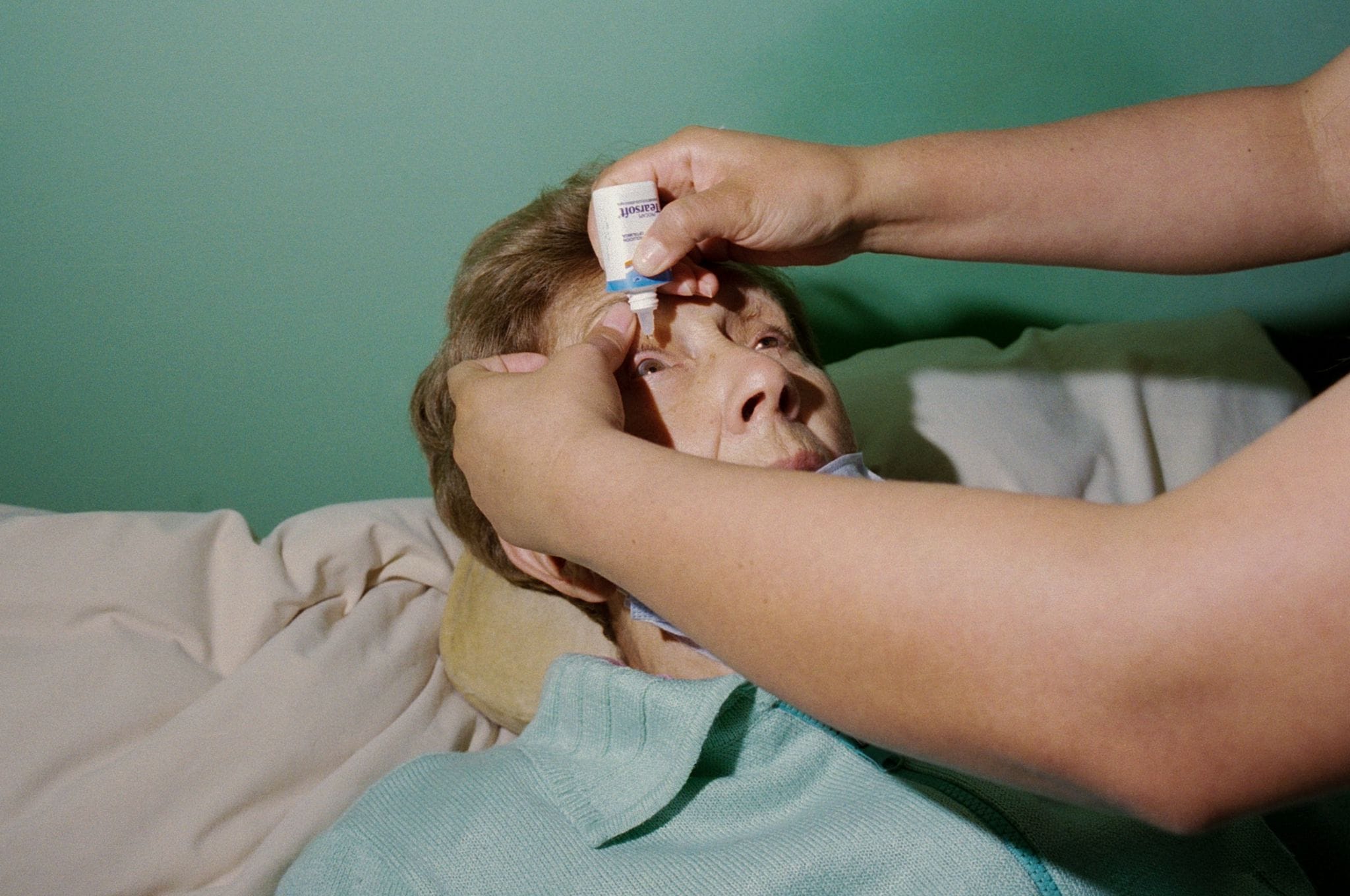
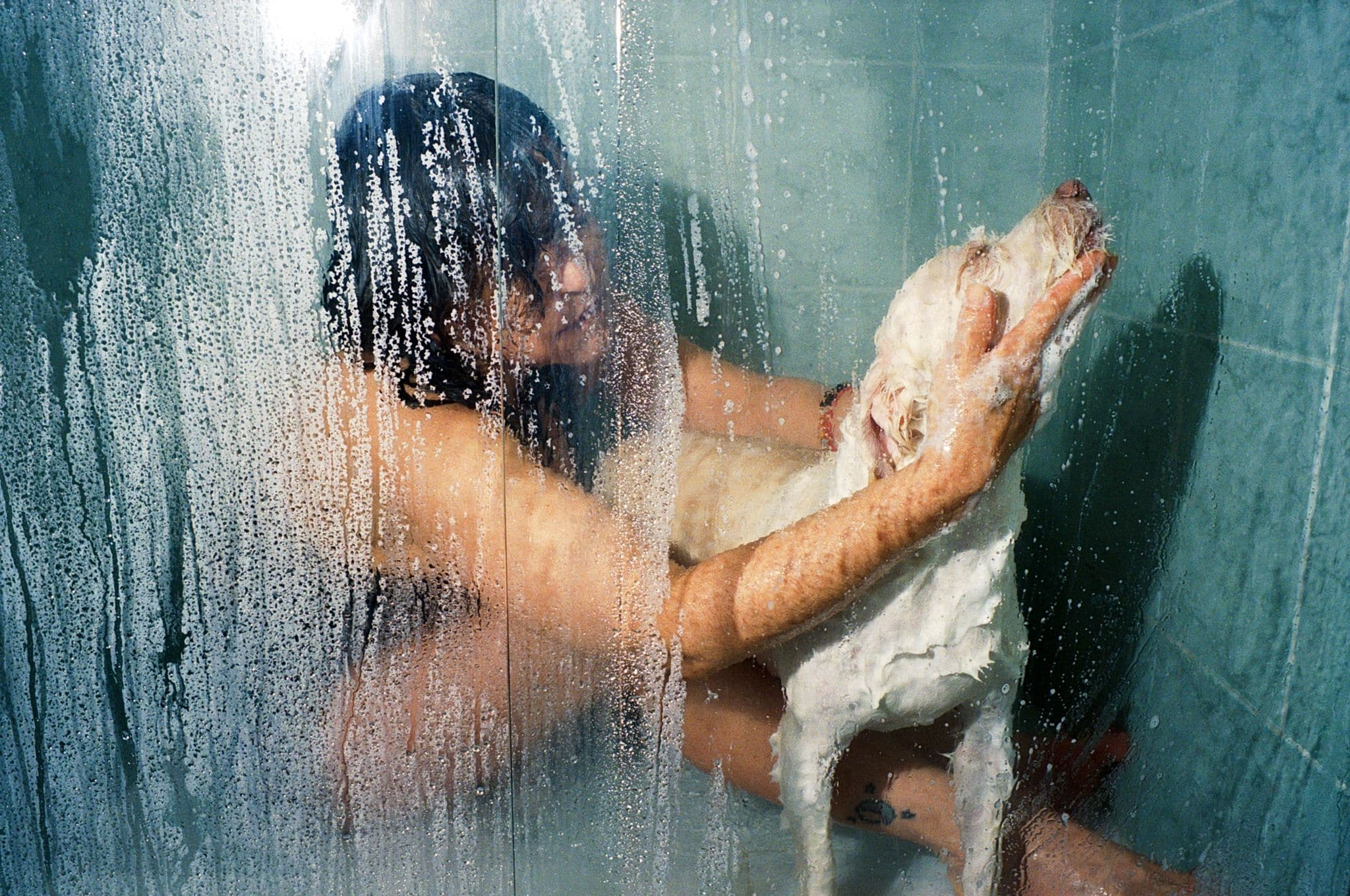
How was the whole process of documenting your grandfather’s illness and death?
Photography helps me to overcome and understand the things I like and the things I don’t like. I remember the day my grandfather was tested and also the day he was taken to the hospital. He had one of those hospital beds rented, I took a picture of it empty before they took it away, then I found my grandmother crying in that room, it didn’t seem right to photograph her alone at that moment, but I set up the camera and took pictures of the two of us together.
My grandparents worked together at the same hospital for many years. The day my grandmother retired, he gave her a letter. I decided to put that letter in the book because it somehow reflects what was going on.
Today, a bright day in December, I have an empty feeling. The unmistakable feeling that we will not meet again either meditatively or premeditatedly in the corridors of the hospital for the rest of our lives.
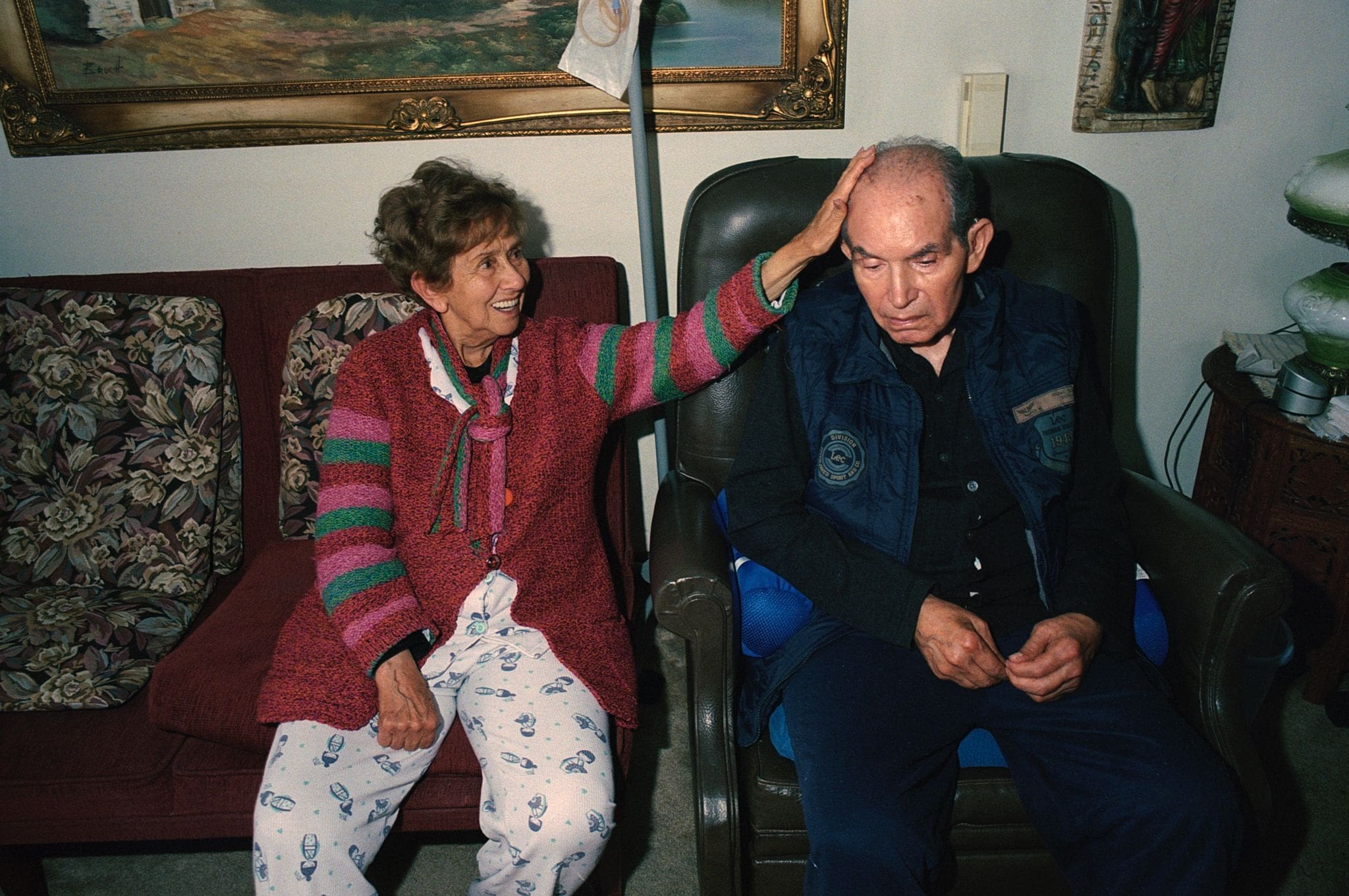
You probably ended up with a lot of material, how was the editing process of the book?
I do analog photography. I am very lazy with computers, precisely because I take a lot of photos. It was a very long process to get a photo that I wanted to have. In photography you live a lot with mistakes, you make more mistakes than you get right, I enjoy that process. It is precisely the photos I don’t like that lead me to discover things, of course, many of them are not in the book.
Time is very important when editing, give time to the photos and then see how they fit together. I like photo books, they are like movies. From the beginning, I decided that I wanted this to be like a comedy but with a bit of drama. Then I started to put together the puzzle with all the pieces I had at hand. The order in which the images appear is not necessarily chronological.
It is also very important to have external viewpoints that help to see what is there, for me in that case my friends were very important.
